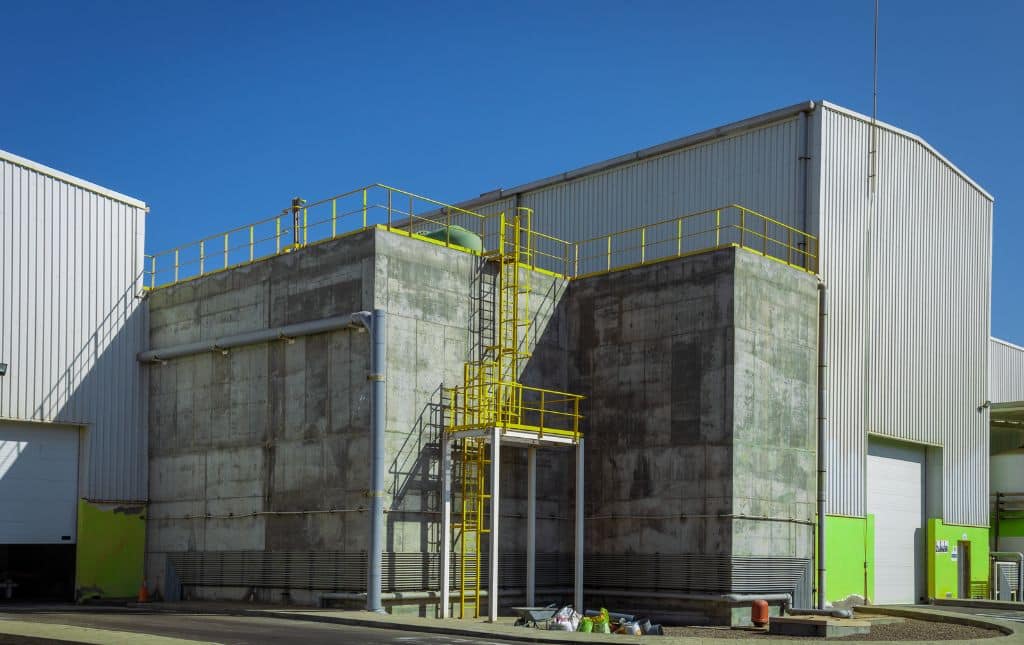In the constantly evolving realm of retail, big box stores have firmly established themselves as a cornerstone of the shopping landscape. These colossal retail spaces, often synonymous with well-known brands such as Walmart, Target, and Home Depot, have recently undergone a remarkable transformation. The domain of big box retail construction and design finds itself at the epicenter of a profound shift, driven by dynamic shifts in consumer preferences, heightened sustainability concerns, and the imperative to maintain competitiveness within an ever-evolving market. Within the following discourse, we shall embark on an in-depth exploration of the latest trends within big box store renovation and design, illuminating the strategies that are actively reconfiguring these titans of retail.
Sustainable Architecture and Design
One of the paramount trends within the realm of big box store renovation and design pertains to the heightened emphasis placed on sustainability. In an era characterized by a prevailing environmental consciousness, retailers are progressively acknowledging the critical significance of adopting eco-friendly practices. This paradigm shift towards sustainability manifests itself conspicuously across multiple facets of store design.
Green Building Materials
Incorporating green building materials into their architectural compositions, big box stores are at the forefront of environmental responsibility. These materials not only mitigate the ecological footprint but also cultivate a more salubrious shopping milieu for patrons. Ranging from the integration of energy-efficient lighting systems to the utilization of recycled building materials, these establishments are unequivocally establishing pioneering benchmarks for sustainable construction practices.
Energy-Efficient Technologies
Energy consumption has perennially posed a formidable concern for expansive retail conglomerates. In response, big box stores are channeling investments into cutting-edge energy-efficient technologies. The integration of solar panels, LED lighting, and intelligent HVAC systems within their structural blueprints constitutes a strategic approach that yields substantial reductions in both energy expenditures and carbon emissions.
Omnichannel Retailing
In an age where e-commerce is booming, big box retailers are adapting to the changing landscape by embracing omnichannel retailing. This approach seamlessly blends the in-store and online shopping experiences, catering to the demands of modern consumers.
BOPIS (Buy Online, Pick Up In-Store)
BOPIS has become a buzzword in the retail industry. Big box stores are implementing efficient BOPIS systems that allow customers to shop online and pick up their purchases at the nearest store. This not only saves time for shoppers but also drives foot traffic to physical locations.
Augmented Reality (AR) Shopping
To enhance the in-store experience, many big box stores are incorporating augmented reality into their design. Customers can use AR apps to visualize how products will look in their homes before making a purchase, adding a layer of interactivity to the shopping journey.
Flexible Store Layouts
The era of static store layouts has unequivocally receded into the annals of history. Presently, big box stores are ardently embracing the concept of flexibility in their architectural blueprints, thereby affording the latitude for fluid alterations in product placement and store configuration.
Modular Fixtures
Modular fixtures and adaptable shelving units are assuming a pivotal role within the structural repertoire of big box stores. These multifaceted fixtures possess the inherent ability to be swiftly restructured to cater to transient variables such as seasonal transitions, promotional initiatives, or fluctuations in consumer demand.
Pop-Up Shops
To keep their offerings fresh and exciting, big box stores are experimenting with pop-up shops. These temporary, themed sections within the store provide a constantly changing shopping experience, enticing customers to return frequently.
Enhanced Customer Experience
In an epoch characterized by cutthroat competition, big box stores are directing their efforts towards augmenting the holistic customer experience as a means to distinguish themselves amidst the throng.
Personalized Shopping
Utilizing data-driven insights, big box retailers are tailoring their offerings to individual customer preferences. Personalized product recommendations and exclusive deals create a more engaging shopping experience.
Interactive Store Design
Interactive elements, such as touchscreen kiosks and dynamic displays, are progressively becoming ubiquitous within the precincts of big box stores. These innovative features engross patrons and offer them substantial informational value during the course of their shopping expeditions.
Conclusion
The world of renovating and designing big box stores is rapidly changing. There are several key factors driving this transformation, including a focus on sustainability, the shift towards omnichannel retailing, flexible store layouts, and providing customers with enhanced experiences. As big box stores work to adapt to the constantly changing retail industry, one thing remains clear: innovation is the driving force behind their success.
In this analysis, we have thoroughly explored the latest trends in big box store renovation and design. We’ve shed light on the strategic moves that are driving the transformation of these retail giants. By staying ahead of the curve and wholeheartedly embracing these emerging trends, big box stores are not just competing; they are thriving in the ever-changing world of retail.
You might also want to read related article: How to Transform Your Big Box Store with a Stunning Renovation


